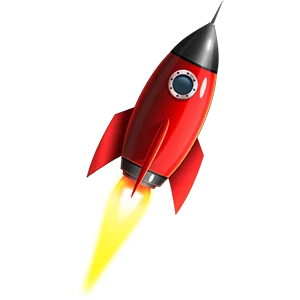More SEO Tips
If your hosting has a poor server response time, there’s little you can do with any further optimization. Once the new post or web page is revealed, add a few inside hyperlinks from different topically-related pages. These hyperlinks embody contextual in-textual content hyperlinks or “further studying” bins that hyperlink to different pages out of your website that could be attention-grabbing for your customer. Besides the structural inner hyperlinks, it is a good follow to also hyperlink to other related pages from inside the page physique.
Unlike exterior links, inner links are fully in your hands. Yes, external backlinks are important in search engine optimization (extra on that in the next chapter.), but having a correct construction of inside hyperlinks is equally necessary. No matter how successful a piece of content material is, there’s a giant chance the traffic will steadily lower except you retain it fresh and updated. Look at the average word count of pages rating for your focus keyword to provide you a tough concept of what number of words you’ll need. Many people are afraid of linking to other websites as they don’t want to “send their guests away”.
Another nice source of key phrases with featured snippets is the so-known as “People additionally ask” box that always seems below the featured snippet. A excellent spot to begin is a keyword research software where you’ll be able to look particularly for “query” key phrases.
When choosing the topics in your content, remember that there are numerous kinds of search intent – informational, navigational, transactional and commercial. To select the focus keyword, you need to follow the keyword research rules we covered extensively within the earlier chapter – think about its search quantity, difficulty and relevance. Once you’ve established the subject, you can return to the level of key phrases and select one that can characterize your topic one of the best – the main focus keyword.
